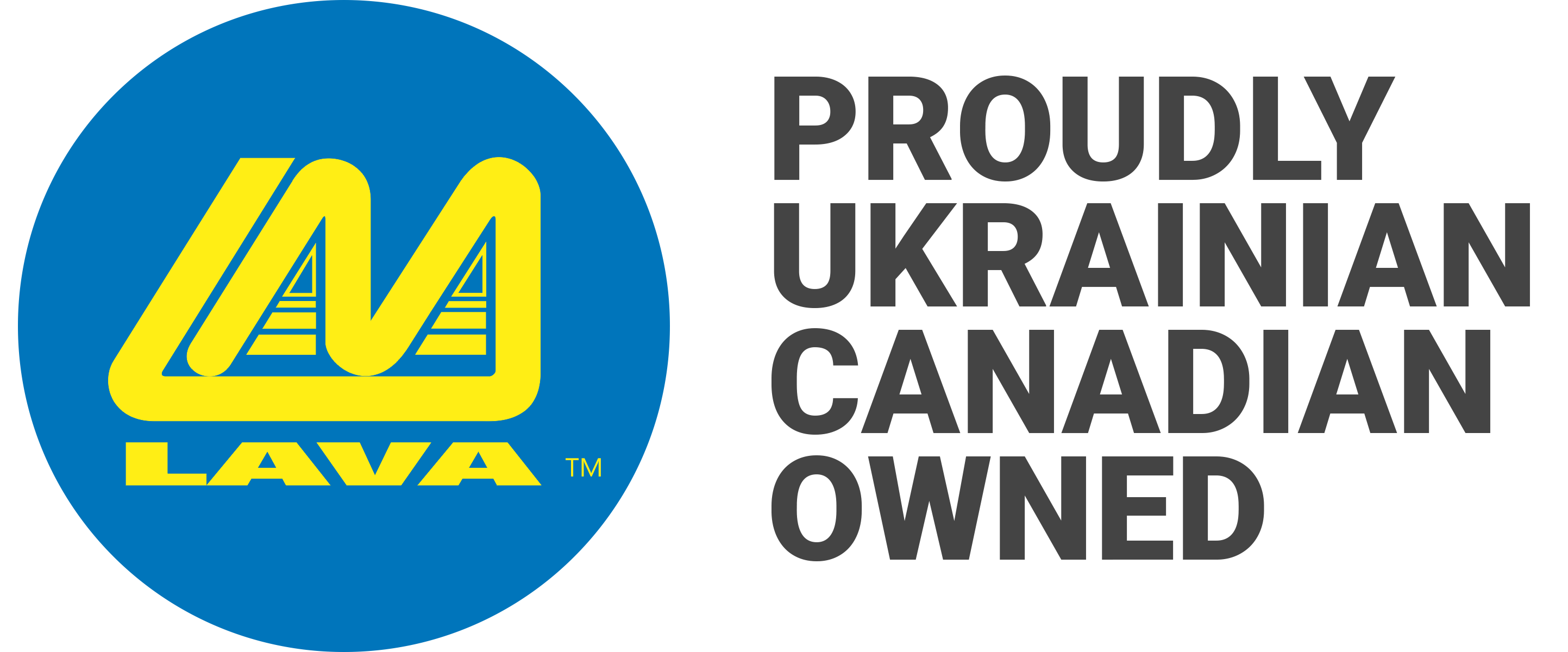Using a Samsung Tablet for an enclosure – Part 1 of 3
By: Paul Vail
2 Min Read
9 Mar, 2017
Overview
A few years back LAVA looked into the possibility of using an Android tablet as a low-cost control panel for a Thermostat control system with a series of network sensors. These discussions began after we were approached by a customer to develop a solution for a tablet-based loyalty system and as fate would have it, similar opportunities would present themselves a few months later.
There are a number of benefits to using an Android tablet for an enclosure:
- Cost: Price point of most Android tablet makes them ideal for a “low cost” touch enclosure
- Peripheral Support: Most support USB accessories in a manner similar, though limited, to a PC
- Platform Options: Range of screen resolutions allow a tablet to matched to a target application
- Development Base: Android tablets run a widely supported mobile operating system
- Development Tools: Tools are free and run on typical workstations
At the same time, there are a number of challenges that need to be addressed when looking at an Android tablet.
First and foremost is the issue of maintaining a tablet’s charge while connecting to any number of peripherals. If an application does not require any USB accessories, then any Android tablet may be a suitable match, but often that isn’t the case.
This limitation can sometimes be overcome by utilizing the Bluetooth Wireless Protocol. However, Bluetooth for a commercialized application does have its limitations. Many accessories are simply not available for Bluetooth or are cost prohibitive. Also, security issues with wireless protocols eliminate this option for many projects.
Now while most tablets support USB OTG and USB OTG is useful for handheld applications, the tablet battery is required to power both the attached accessories as well as its own internal functionality. As a result, this can be a serious hit to a Tablet’s uptime per charge.
Besides recharging the tablet requires accessories be removed to attach the tablet to a power supply, which is less than ideal for an enclosed solution. Certain Samsung Tablets can resolve this issue, with additional hardware, allowing simultaneous charging and use of a peripheral, providing more of an enclosed system that is continuously charging.
At the end of the day, a tablet based on the Android operating system opens up many options for custom application development. The Android operating system has a huge community of developers. Android development tools are easy to obtain for common workstations. There are many management and support applications available for Android platforms.
The second installment will discuss why LAVA only supports Samsung Tablets.

